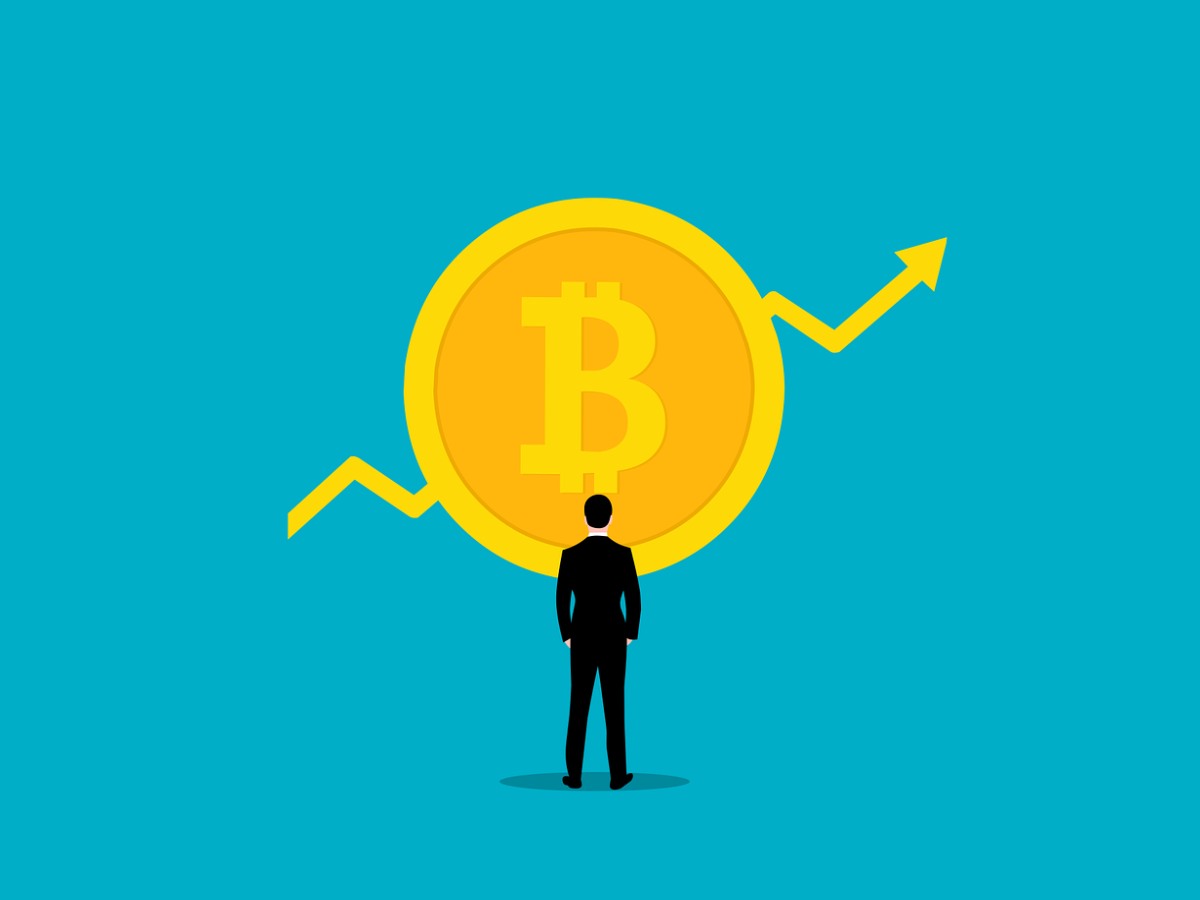Bitcoin Supply and Inflation Dynamics Every Investor Should Know

Bitcoin, regularly called “digital gold,” is a decentralized cryptocurrency that has emerged as a dominant asset within the financial world. As Bitcoin keeps gaining mainstream interest, understanding its delivery and inflation dynamics is important for buyers trying to make knowledgeable decisions. Unlike traditional currencies, which may be published at will by way of primary banks, Bitcoin operates on a set delivery version with specific mechanisms to manipulate its inflation. Understanding Bitcoin’s supply and inflation dynamics is key to navigating the cryptocurrency market effectively. Trilox Ai offers a reliable platform for those interested in engaging with Bitcoin transactions, helping traders stay informed about these critical aspects.
Table of Contents
Understanding Bitcoin’s Fixed Supply
One of Bitcoin’s most vast functions is its constant supply cap of 21 million coins. This delivery limit is embedded in the protocol’s code, making it impossible to create more than 21 million bitcoins. The constant delivery is in stark comparison to conventional fiat currencies like the U.S. Greenback, wherein governments and important banks can increase the money delivered through printing greater currency. Bitcoin’s finite supply performs a crucial role in its enchantment as a shop of cost, just like precious metals like gold, which can be additionally constrained in amount.
The Halving Mechanism and Its Impact on Supply
To recognize Bitcoin’s inflation dynamics, it’s critical to grasp the idea of halving. Bitcoin’s protocol dictates that the reward miners acquire for efficiently mining a block is cut in half of each 210,000 blocks, which happens approximately every four years. This occasion is referred to as “halving.”
Here’s a look at how Bitcoin halving works:
2009 to 2012:
In Bitcoin’s early years, miners have been rewarded with 50 Bitcoins per block.
2012 to 2016:
The first halving event came about in 2012, lowering the praise to twenty-five Bitcoins in keeping with the block.
2016 to 2020:
The second halving event in 2016 similarly reduced the reward to 12.Five Bitcoins in keeping with the block.
2020 to 2024:
After the 0.33 halving in 2020, the praise stands at 6.25 bitcoins, consistent with the block.
Halving immediately influences Bitcoin’s inflation price via slowing the price of the latest coin creation. Early on, Bitcoin’s inflation charge changed into high because of the huge range of cash being introduced into flow.
Bitcoin’s Inflation Rate: A Deflationary Asset
Bitcoin’s predictable inflation timetable is an attractive function for traders who are involved in approximately the risks of fiat foreign money inflation. Central banks, consisting of the Federal Reserve, can enforce financial regulations like quantitative easing (printing extra money) to stimulate monetary growth.
The Role of Scarcity in Bitcoin’s Value
Scarcity plays a pivotal role in Bitcoin’s charge moves. Historically, Bitcoin’s price has surged following halving events because of decreased demand getting into the market. When fewer new Bitcoins are created, the decreased float of cash can cause accelerated opposition amongst customers, pushing up fees.
How Bitcoin’s inflation impacts investors
Bitcoin’s particular inflation version has numerous implications for traders:
Long-Term Value Proposition:
Bitcoin’s constant delivery and decreasing inflation fee make it an appealing asset for long-term buyers. As fewer new Bitcoins are introduced into circulation, the price of present coins may rise, mainly if demand keeps developing.
Hedging Against Fiat Inflation:
For investors worried about the devaluation of fiat currencies, Bitcoin offers an alternative that cannot be manipulated via vital banks or governments. With inflation prices for essential currencies like the U.S. Greenback and euro fluctuating because of economic policy, Bitcoin gives a predictable supply and inflation rate, making it a hedge towards fiat inflation.
Mining and inflation pressure:
For Bitcoin miners, each halving occasion creates a new project. As the block rewards are halved, miners receive fewer Bitcoins for their work, which could affect their profitability. In the future, miners will depend more on transaction charges in place of new Bitcoin rewards, mainly because of the supply cap of 21 million strategies.
Supply shocks and price volatility:
Halving events create what’s referred to as a deliver surprise—while the number of new Bitcoins getting into the marketplace sharply decreases. In previous cycles, those deliver shocks have caused extensive charge volatility as investors and buyers reacted to the reduced supply.
Future Inflation and Bitcoin’s Role as a Deflationary Asset
Bitcoin’s inflation price will hold to say no over the years, coming near zero as the total delivery nears 21 million. This lowering of inflation makes Bitcoin a deflationary asset, which has critical implications for its long-term price. Many buyers believe that as Bitcoin’s delivery becomes completely scarce, it will act as a powerful shop of fees, especially in an international market in which vital banks hold to make the money supply of traditional currencies bigger.
Conclusion
Bitcoin’s delivery and inflation dynamics are crucial to its value proposition as a cryptocurrency and investment asset. With a fixed supply cap of 21 million cash and a halving mechanism that systematically reduces the price of the latest Bitcoin advent, Bitcoin gives a predictable and controlled inflation version that unites it other than traditional fiat currencies. This deflationary nature has attracted long-term investors looking for a shop of value and protection in opposition to inflationary dangers within the broader economic system. For investors trying to navigate the arena of Bitcoin, understanding those inflation dynamics is vital.
